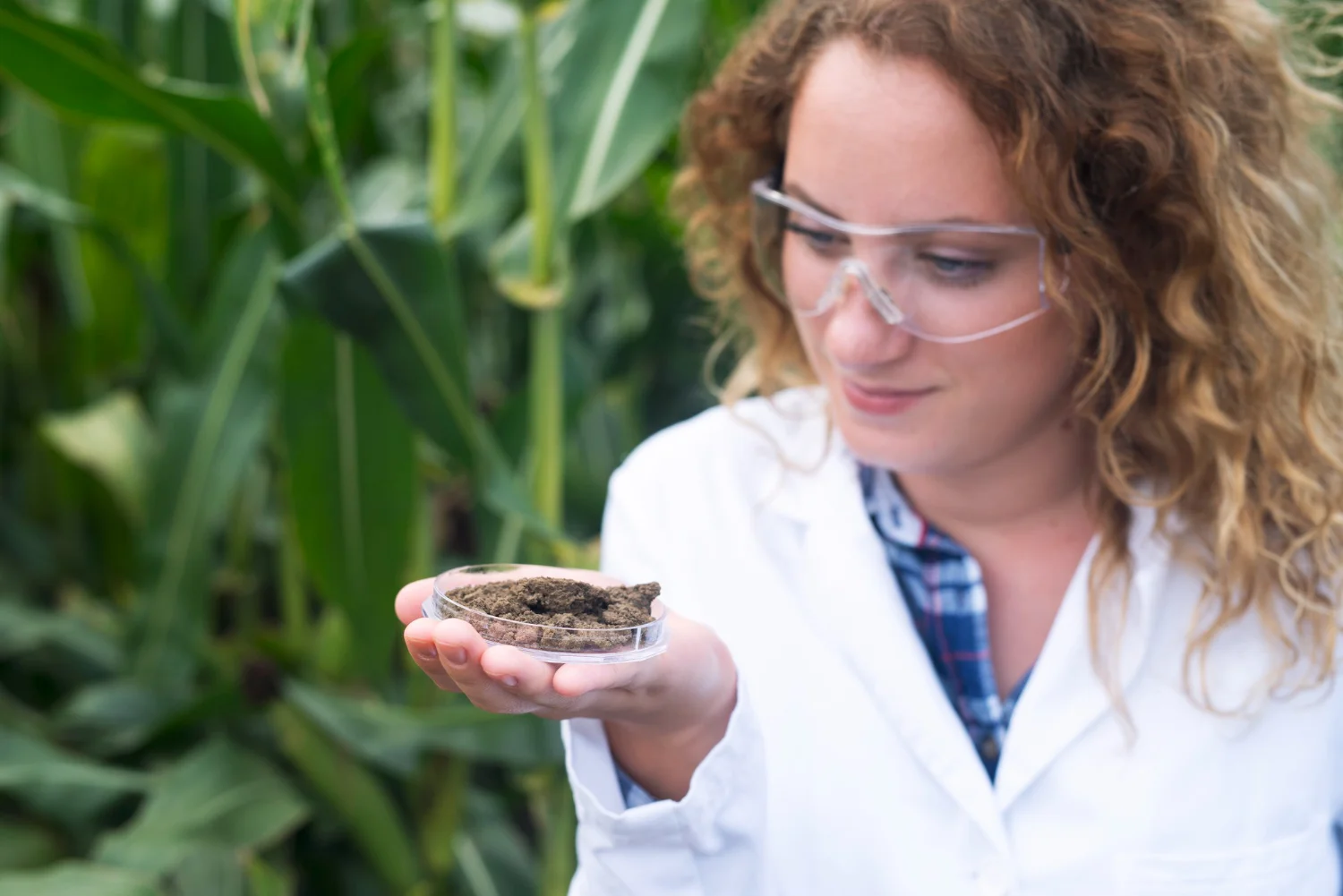New research published in the journal “The Science of the Total Environment” questions the canonical methodology used by ecologists and soil scientists to decipher microbial carbon versus phosphorus limitations in soils. The conventional wisdom that has long relied on the enzymatic stoichiometry of glucosidase to phosphatase as an indicator of microbial nutrient stress is facing scrutiny. Taiki Mori, the principal researcher from the Kyushu Research Center at the Forestry and Forest Products Research Institute in Japan, is recommending a reevaluation of the traditionally accepted BG:AP ratio.
For decades, the ratio of β-1,4-glucosidase (BG) to acid/alkaline phosphomonoesterase (AP), or the BG:AP ratio, has been employed as a biomarker to assess the balance of microbial C (carbon) and P (phosphorus) limitations within various ecosystems. The principle is rooted in the proportional representation of enzymatic activities, with a higher BG:AP ratio suggesting that the microbial community is more limited by carbon than phosphorus. However, Mori’s findings cast doubt on the reliability of this ratio for accurate interpretation of microbial needs.
In his study (DOI: 10.1016/j.scitotenv.2024.170079), Mori meticulously analyzed a comprehensive dataset of 109 observations and found that phosphorus fertilization actually decreased the BG:AP ratio in as many as 27 percent of the cases. Contrary to the interpretations suggested by enzymatic stoichiometry, this decline is indicative of an intensified P limitation, a counterintuitive outcome after adding phosphorus to the soil.
The study goes further in revealing that there were no significant differences in the BG:AP ratio response to P fertilization between sites that were characterized by a naturally higher ratio (supposedly lower P limitation) versus sites with a lower baseline ratio (theoretically higher P limitation). This finding specifically challenges the dogma that the BG:AP ratio can be a standalone indicator of microbial C vs P limitation.
Mori emphasizes the complexity of microbial nutrient acquisition and how it encompasses a diverse array of enzymes beyond just BG and AP. The study serves as a clarion call for a holistic approach in considering the suite of enzymes involved in microbial nutrient cycling, rather than focusing on a dualistic representation which may lead to misleading conclusions.
This research has the potential to reshape how we analyze soil health and manage nutrient applications in both agricultural and natural systems. Its implications could affect practices ranging from conventional farming to the conservation of biodiversity-rich ecosystems, calling into question the strategies that have been based on flawed interpretations of microbial nutrient limitations.
References
1. Mori, T. (2024). Empirical evidence challenges the effectiveness of the enzymatic stoichiometry of glucosidase and phosphatase as an indicator of microbial C vs P limitation.
Sci Total Environ, 170079. https://doi.org/10.1016/j.scitotenv.2024.170079
2. Sinsabaugh, R.L., Lauber, C.L., Weintraub, M.N., et al. (2008). Stoichiometry of soil enzyme activity at global scale. Ecology Letters, 11(11), 1252-1264. DOI:10.1111/j.1461-0248.2008.01245.x
3. Saiya-Cork, K.R., Sinsabaugh, R.L., Zak, D.R. (2002). The effects of long term nitrogen deposition on extracellular enzyme activity in an Acer saccharum forest soil. Soil Biology & Biochemistry, 34(9), 1309-1315. DOI:10.1016/S0038-0717(02)00074-3
4. Allison, S.D., Czimczik, C.I., Treseder, K.K. (2008). Microbial activity and soil respiration under nitrogen addition in Alaskan boreal forest. Global Change Biology, 14(5), 1156-1168. DOI:10.1111/j.1365-2486.2008.01549.x
5. Moorhead, D.L., Sinsabaugh, R.L. (2006). A theoretical model of litter decay and microbial interaction. Ecological Monographs, 76(2), 151-174. DOI:10.1890/0012-9615(2006)076[0151:ATMOLD]2.0.CO;2
Copyright © 2024 Elsevier B.V. All rights reserved.
Keywords
1. Microbial nutrient limitation
2. Soil enzyme stoichiometry
3. BG:AP ratio challenge
4. Soil health assessment
5. Microbial carbon phosphorus balance
The reevaluation of the BG:AP ratio as an accurate metric in soil microbial ecology reflects the unfolding complexities of soil nutrient dynamics. In light of this empirical challenge, future research must integrate more comprehensive methodologies, reflecting a broader enzyme spectrum to truly assess and manage microbial nutrient limitations in various environmental conditions. Hence, for those in the agricultural, environmental science, and ecological conservation sectors, this research could serve as a valuable pivot point for advancing sustainable practices and soil stewardship in the 21st century.
